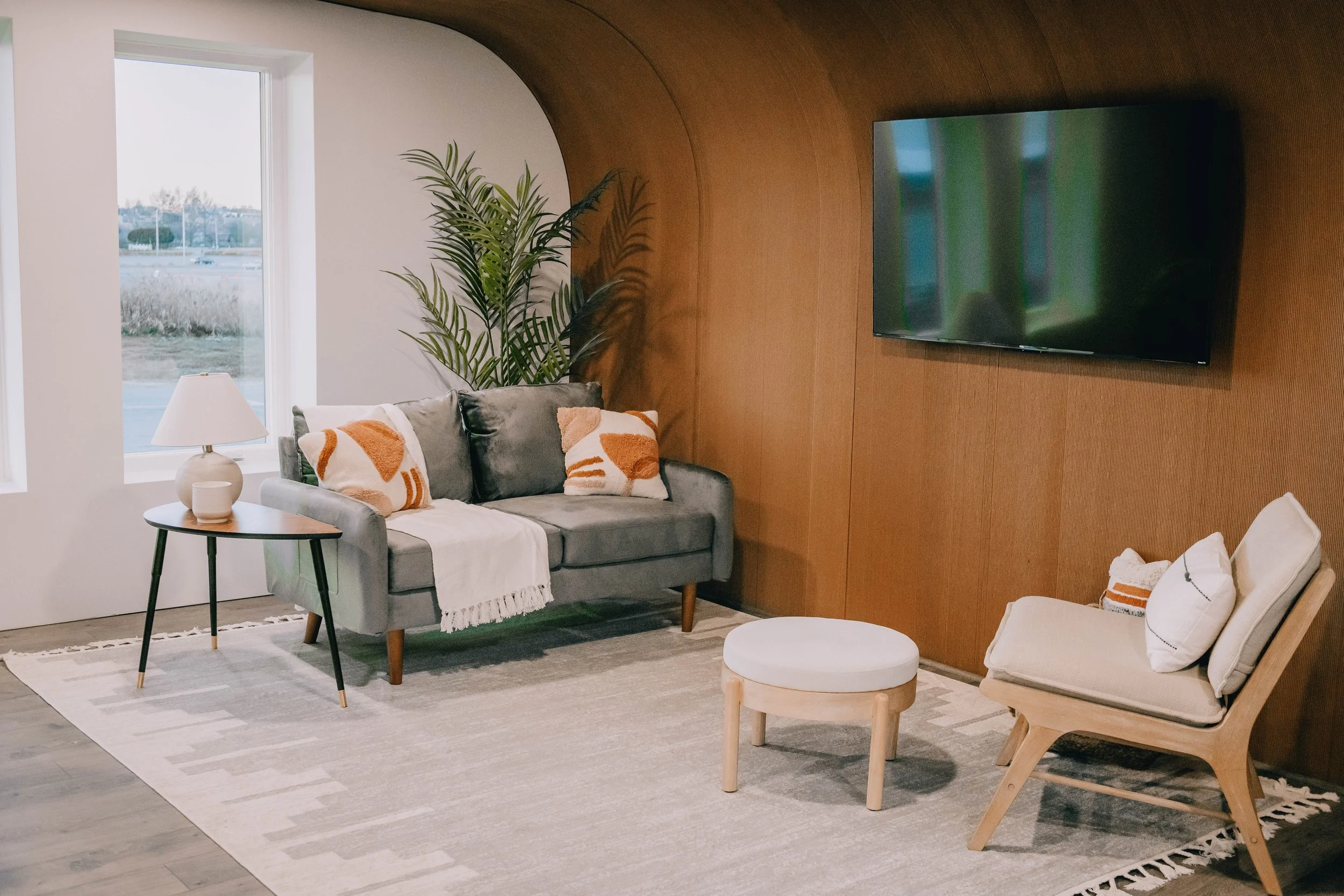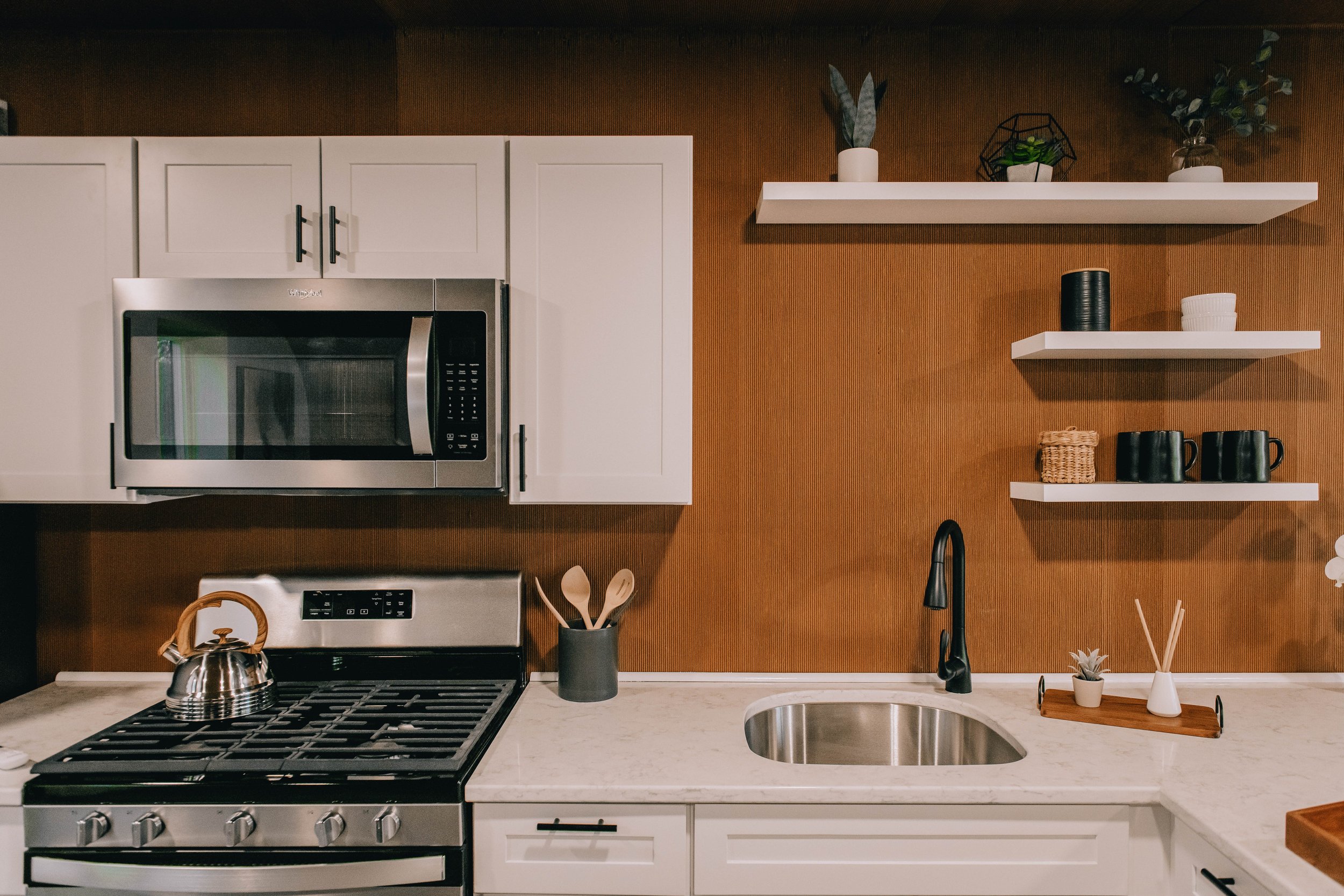This 3D-Printed House Is the First to Be Made Entirely From Bio-Based Materials
©University of Maine
Named BioHome3D, the structure was printed on the world’s largest 3D printer
Maine doesn’t have enough affordable housing or enough workers to build more, but it does have quite a bit of excess wood fiber from its substantial forestry industry. Seeking a solution to those problems, researchers with the University of Maine have taken the industry byproduct to create an experimental 3D-printed house—named BioHome3D—they say is entirely recyclable and bio-based.
The state’s paper mills were once a reliable consumer of the forestry industry’s wood residues, according to Habib Dagher, the executive director of the University of Maine’s Advanced Structures & Composites Center, which created the 600-square-foot prototype. But several of those mills have closed in recent years, leading to a glut of the material.
“There’s a lot of that waste material now that is generated yearly in our state and in the region,” Dagher tells AD. “We have over a million tons per year of waste wood residues that are accessible to us [and] that can create a lot of homes.”
At 600 square feet, the 3D-printed house isn’t overwhelmingly large, but comfortably fits a love seat, accent chair, and a table. ©University of Maine
The walls, insulation, roof, and floors of the model 3D-printed house are all made of wood fibers and plant-based resins, and were printed on what the university says is the world’s largest polymer 3D printer. Although concrete is used for foundational posts driven into the ground, Dagher envisions subsequent iterations won’t require any concrete. “In future designs, these [posts] could be also bio-based,” he says. He also notes that his team used “a fraction” of the concrete that might be needed for a typical building foundation with the posts.
Given Maine’s blustery and chilly climate, Dagher’s team plans to use sensors to monitor the structure’s hardiness, as well as recycle it five times, which means the materials will be put through a grinder, remade into a letter form, and used again in 3D printing. The strength of the new printed materials will be tested to determine the longevity of the reused materials. “The process is repeated five times to evaluate five recycling opportunities that may cover 500 to 1000 years of reuse,” Dagher says. Other sustainability questions—such as whether painted interior walls would still be recyclable—will be answered during subsequent tests, he said. The team has not published any studies or articles on the project yet, but it’s in the process of doing so.
Modern and minimal decor staged in the model home’s bedroom. ©University of Maine
If you feel like you’ve heard of other 3D-printed houses made of natural materials, you’re not wrong. Just last year, Mario Cucinella Architects’ unveiled a 645-square-foot structure whose shell is made entirely of local clay in the Italian city of Ravenna. Tecla, as the house is called, was among the world’s first 3D-printed homes. Bjarke Ingels Group and Icon are also currently in the process of developing the world’s largest 3D-printed community in Texas.
But Dagher says the notable difference between other 3D-printed homes and the University of Maine’s prototype is the material from which they’re built. The Texas neighborhood under construction is being printed with lavacrete, a cement-based mix. And Tecla is made from clay, which, although natural, it’s not bio-based (meaning that it comes from something that was once alive). Wood fibers, on the other hand, are bio-based because they come from trees.
The kitchen in the model house features modern appliances and white cabinetry. ©University of Maine





